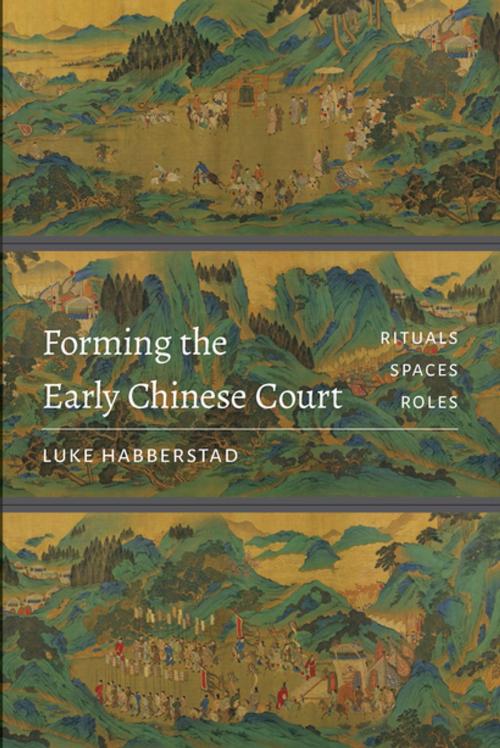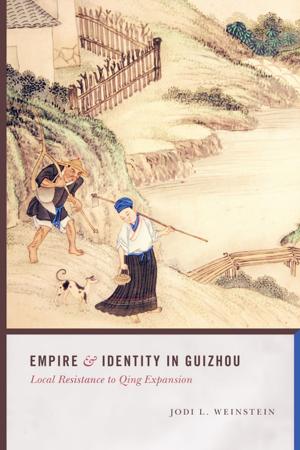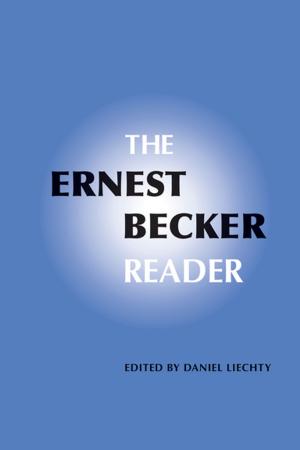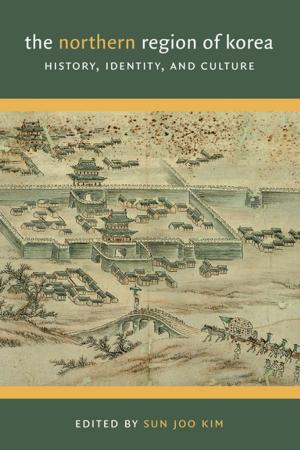Forming the Early Chinese Court
Rituals, Spaces, Roles
Fiction & Literature, Literary Theory & Criticism, Asian, Far Eastern, Nonfiction, History, China| Author: | Luke Habberstad | ISBN: | 9780295742403 |
| Publisher: | University of Washington Press | Publication: | November 14, 2017 |
| Imprint: | University of Washington Press | Language: | English |
| Author: | Luke Habberstad |
| ISBN: | 9780295742403 |
| Publisher: | University of Washington Press |
| Publication: | November 14, 2017 |
| Imprint: | University of Washington Press |
| Language: | English |
Forming the Early Chinese Court builds on new directions in comparative studies of royal courts in the ancient world to present a pioneering study of early Chinese court culture. Rejecting divides between literary, political, and administrative texts, Luke Habberstad examines sources from the Qin, Western Han, and Xin periods (221 BCE�23 CE) for insights into court society and ritual, rank, the development of the bureaucracy, and the role of the emperor. These diverse sources show that a large, but not necessarily cohesive, body of courtiers drove the consolidation, distribution, and representation of power in court institutions. Forming the Early Chinese Court encourages us to see China�s imperial unification as a surprisingly idiosyncratic process that allowed different actors to stake claims in a world of increasing population, wealth, and power.
Forming the Early Chinese Court builds on new directions in comparative studies of royal courts in the ancient world to present a pioneering study of early Chinese court culture. Rejecting divides between literary, political, and administrative texts, Luke Habberstad examines sources from the Qin, Western Han, and Xin periods (221 BCE�23 CE) for insights into court society and ritual, rank, the development of the bureaucracy, and the role of the emperor. These diverse sources show that a large, but not necessarily cohesive, body of courtiers drove the consolidation, distribution, and representation of power in court institutions. Forming the Early Chinese Court encourages us to see China�s imperial unification as a surprisingly idiosyncratic process that allowed different actors to stake claims in a world of increasing population, wealth, and power.















